I received a Pixel Watch as part of a free reward for pre-ordering the new Pixel 7 phone. I thought this watch would be a fitting replacement for my Garmin Vivoactive 3 that I've owned for over three years. Even though my trusty Garmin is still going strong, you can't help but want to try out a shiny new upgrade that possesses better native integration that works alongside the features of my new phone. Or so I thought...
I think I've always been hesitant about getting a dedicated smartwatch and preferred fitness watches as health/workout tracking is of greater importance to me. The smartwatches I've seen don't even compare from a fitness tracking standpoint when compared to a Garmin. Nevertheless, I had an opportune moment to try out a smartwatch that just happened to be the Pixel Watch.
From the moment I received the Pixel Watch, I decided to carry out a two week evaluation period as to whether I could be coerced into moving away from my Garmin. - Pixel Watch on the left wrist and Garmin on the right.
As much as I loved wearing and using the Pixel Watch over the two weeks, I found myself getting frustrated with it. This isn’t specifically due to shortcomings of the Pixel Watch as it’s not too bad for a first-generation device of its kind, but smartwatches in general.
I always thought I needed a smartwatch that was tightly integrated with my phone ever since seeing both my wife and sister using features such as making/receiving calls, remotely controlling the camera and receiving app notifications on their Apple Watches. Both of them made it look so fun and useful.
The Epiphany
As great as smartwatch features are, I came to a sudden epiphany that possessing one of Pixel/Apple watch calibre wasn't what it was cracked up to be and soon found myself overloaded with constant information and notifications.
Smartphones have already given us a convenient way to practically do everything at our fingertips. I don’t feel the need for a smartwatch to offer further extension of these features, especially when it requires a phone nearby to enable some of the key features. I could simply switch all these features off to limit connectivity to my phone (completely defeating the point of owning a smartwatch).
My phone is never too far away and the only time when it isn’t at arm's reach is when I require some quiet or focus time. The main benefit of a phone is there can be an easy physical disconnect, unlike a smartphone that is always attached to one's wrist.
The point I am trying to make is that due to the world we live in and the economic climate, our brains are already working overtime and processing more than we care to notice. Giving one's mind a rest and being present is no longer a consideration. It's become the societal norm that we should always be online and accessible. Is it so unnatural to step away from phone or watch-based interruptions?
Over the years through self-discipline, I have managed to reduce the urge of checking my phone whenever a notification pops up and using a smartwatch has slightly hindered what I've tried so hard not to do.
Conclusion
I will be sticking with fitness watches, Garmin in particular, as it provides a good balance of the smart features I need without the distractions. The battery life isn't too bad either and retains its charge for around three to seven days, compared to an Apple or Pixel Watch that lasts for around a day at a push (as along as features aren't used in excess).
Understandably, there will be some who do not share the viewpoint shared in this post and prefer the convenience a smartwatch provides. The honest truth is not everyone needs a smartwatch and the requirement is entirely dependent on the type of functions you feel will be of most use to you.

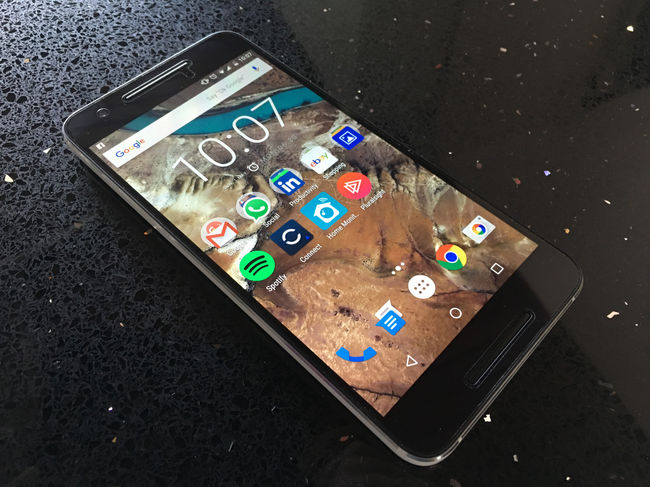
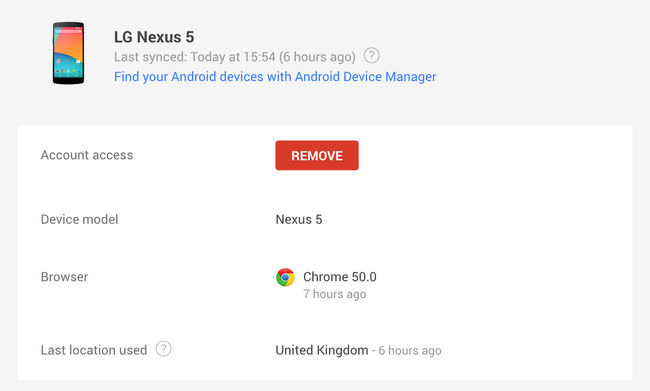
 …if you want a true Android experience.
…if you want a true Android experience.
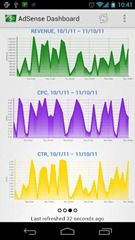

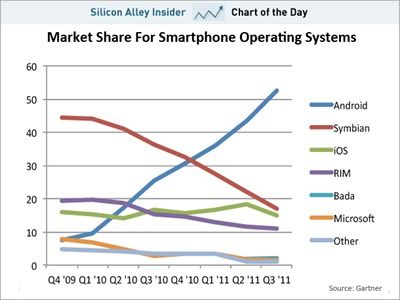
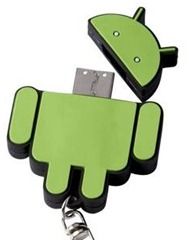 I have a HTC Hero which was recently upgraded from Android 1.5 to 2.1 a few months back. It has definitely been a significant and worthwhile upgrade packing in lots of new extra features and most importantly extra applications to download from the Android Market.
I have a HTC Hero which was recently upgraded from Android 1.5 to 2.1 a few months back. It has definitely been a significant and worthwhile upgrade packing in lots of new extra features and most importantly extra applications to download from the Android Market.


